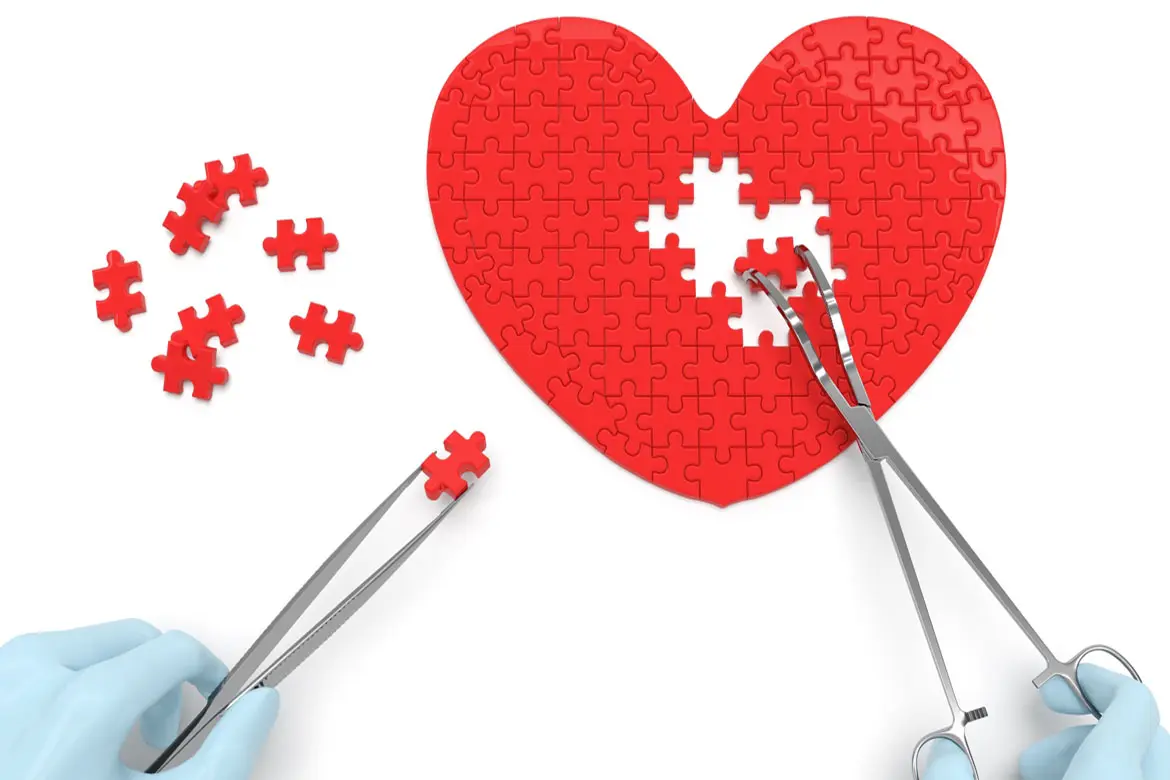

Source: Shutterstock
Laughter is Not the Best Medicine – Happy Heart Syndrome
Last updated: Friday, December 30, 2016 | 5 min reading time
The age-old adage – laughter is the best medicine – may not be accurate after all, according to recent medical studies.
Dr Julian Tan, cardiologist at Mount Elizabeth Hospital, explains how being overly happy could actually cause harm to our heart.
Takotsubo syndrome (broken heart syndrome)
Takotsubo syndrome (TTS) was first described in 1990 as a temporary weakening of the left ventricle, the heart's main pumping chamber. 'Takotsubo' means 'octopus trap' in Japanese. TTS was so named because the left main chamber of the stricken heart is thought to resemble an octopus trap. Patients with TTS often appear to have 'heart attacks', but they are found to have no blockages in the heart vessels.
TTS is typically triggered by episodes of severe emotional stress such as grief, anger, or fear. This has given rise to its popular term broken heart syndrome.
In my practice as an interventional cardiologist, I have seen many patients presenting with 'heart attacks', but in fact have TTS. These TTS patients were typically postmenopausal women, who had sudden chest pains after quarrelling with their children or spouses, or while experiencing bereavement.
Emotional distress may result in an overstimulation of the sympathetic nervous system (the system activating the adrenal glands that produce stress hormones) and/or inappropriate withdrawal of the parasympathetic system (the system which helps produce a state of equilibrium in the body). This may result in abnormal heart rhythm, TTS, and even sudden death from heart failure.
Happy heart syndrome
The role of positive emotions in TTS is far less clear. Positive emotions affect the autonomic nervous system to a similar degree as do negative emotions. This in turn alters heart rate, blood flow resistance, and blood pressure.
The jury is still out on whether positive emotions actually improve or adversely affect cardiovascular health.
A study in Zurich looked at 485 registered patients with TTS. The study investigated patients with TTS triggered by pleasant events, analysing the prevalence and characteristics of the disease in such cases.
Among the 485 patients studied, 4.1% of them had TTS triggered by pleasant events and 95.9% of them by negative emotional events. Interestingly, the physical signs and symptoms – such as chest pain – of patients with 'happy heart syndrome' were similar to those with broken heart syndrome. The electrical activity of the heart, laboratory findings, and the progession of the condition after one year were similar as well.
The involvement of the central nervous system in the development of heart disease is still unclear. However, sufficient studies have revealed that the central nervous system indeed plays a prominent role in heart disease. Brain imaging studies have distinguished the emotions of happiness, sadness, and fear from disgust or anger by studying the areas of the brain that are activated during the experience of these emotions. A portion of the brain, the amygdala, is found to be involved in both the processing of pleasant emotions and negative emotions.
These studies suggest that despite being different in nature, happy and sad events may share similar emotional pathways which can ultimately trigger TTS.
Broken heart syndrome is an established and real medical condition. When one considers these studies, the existence of its counterpart – the 'happy heart syndrome' – cannot be refuted.
Although we still cannot fully understand the finer workings of the 'brain-heart' connection, it seems that being overly emotional in either extreme might not be healthy. We see now that laughter may not be the best medicine.
 Brain & Spine Care
Brain & Spine Care







